Part 4: The dark side of high humidity
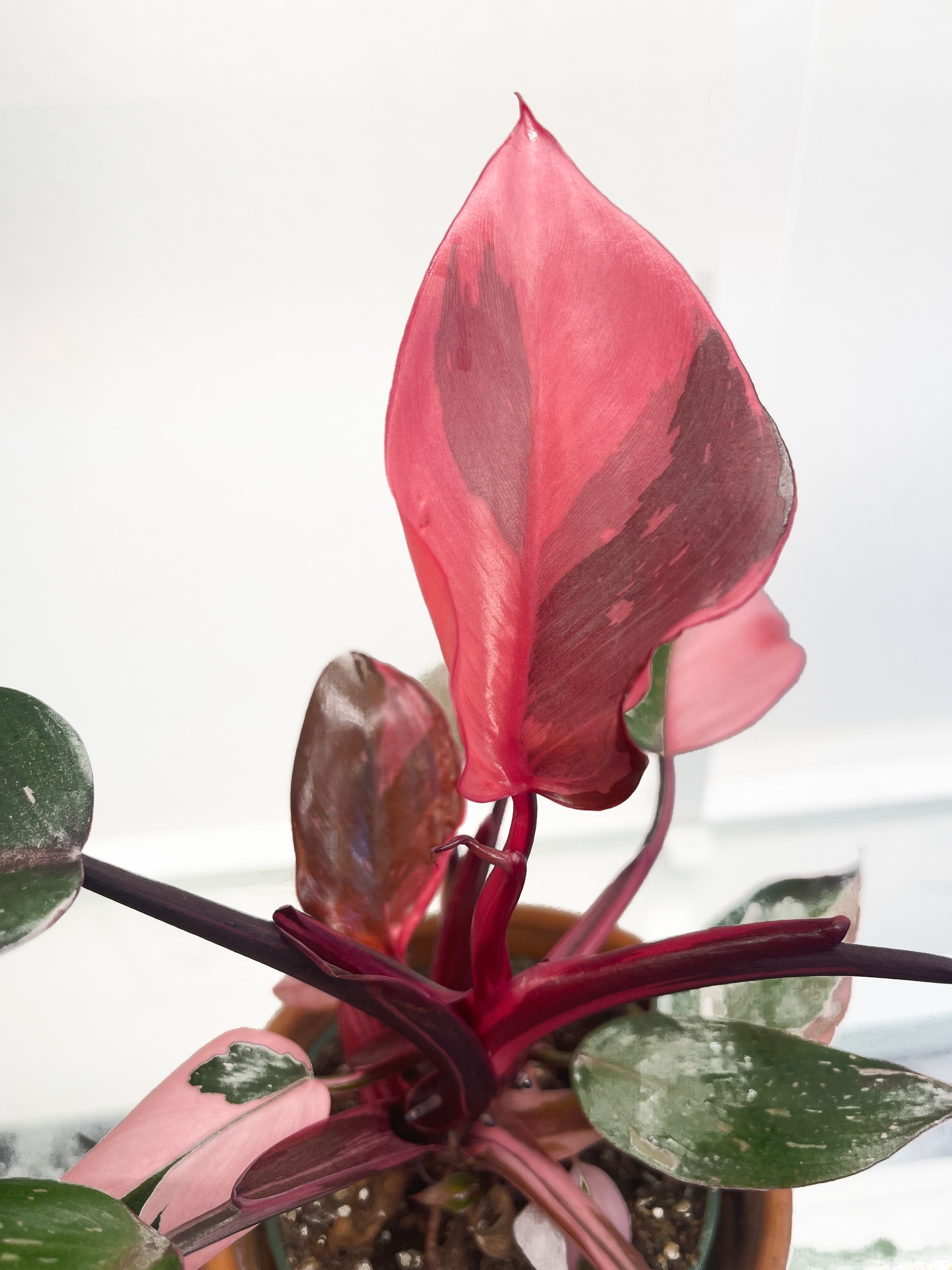

With so many benefits of growing plants in low humidity, some of you still prefer high humidity for your plants. I do grow plants for propagation in the greenhouses as well. However, increase high humidity without understanding its interrelation with other elements will actually stun your plant growth.
We have learned in the first part that plants need transpiration to grow. There is a relation between transpiration and metabolism. The transpiration occurs so water and nutrients can transport from the roots to all plant components. The level of humidity, temperature, and airflow will determine the transpiration rate. Alright, this is the time for me to geek out.
There are two terms used when it comes to humidity.
One is relative humidity (RH.) It's the water saturation in the air at a certain temperature. Most indoor plant owners use RH to decide the growth tendencies. Higher RH, faster plant growth. Although it is helpful at some degrees, RH measurement is neither correct nor effective because higher RH doesn't always mean faster plant transpiration. VPD does. Never heard of it, right?
VPD is Vapor Pressure Deficit.
VPD measures the difference between the water saturation in the plants and the water saturation in the air at a certain temperature. The water inside the plants is always 100% saturated, and the water in the air is usually at lower saturation. Water will go from a more saturated place to a less saturated place, creating plant transpiration. VPD correlates with plant transpiration rate and is a better measure to gauge your plant growth.
When the air is dry, the difference between inside and outside the plants is high, aka high VPD. It means the plants will transpire more.
On the other hand, when the humidity outside is high, the vpd will be low, causing plant transpiration to slow down. Without the pressure difference from inside and outside the plant to drive plant transpiration, the plant metabolism slows down, inhibiting growth.
Now you might ask, in tropical climates, the humidity is always at 90 percent or above. How come the plants thrive there? It's because, in rainforests, the temperature is high, which will cause the pores on leaves (stomata) to open to evaporate the water and release the heat. Also, the airflow is strong. Wind will move the air around, resulting in higher relative humidity around the leaves is exchanged by drier air and increase the transpiration rate.
To simplify everything, you just need to remember the higher humidity, the better airflow you need to provide to your plants. This is crucial and often overlooked. If your plants stop growing even in greenhouses or grow tents, check the air circulation! If they keep having bacterial and fungal infections, check air circulation. For temperature, just make sure it is between 70 to 80 F.
To simplify everything and save you the boredom, you just need to remember the higher humidity, the better airflow you need to provide to your plants. This is crucial and often overlooked. If your plants stop growing even in greenhouses or grow tents, check the air circulation! If they keep having bacterial and fungal infections, check air circulation. For temperature, just make sure it is between 70 to 80 F.
I still have a lot to say, but this series has been way too long. I hope the information will be helpful to you and help you grow stronger and healthier plants. Share this with a plant friend, too. Happy planting!

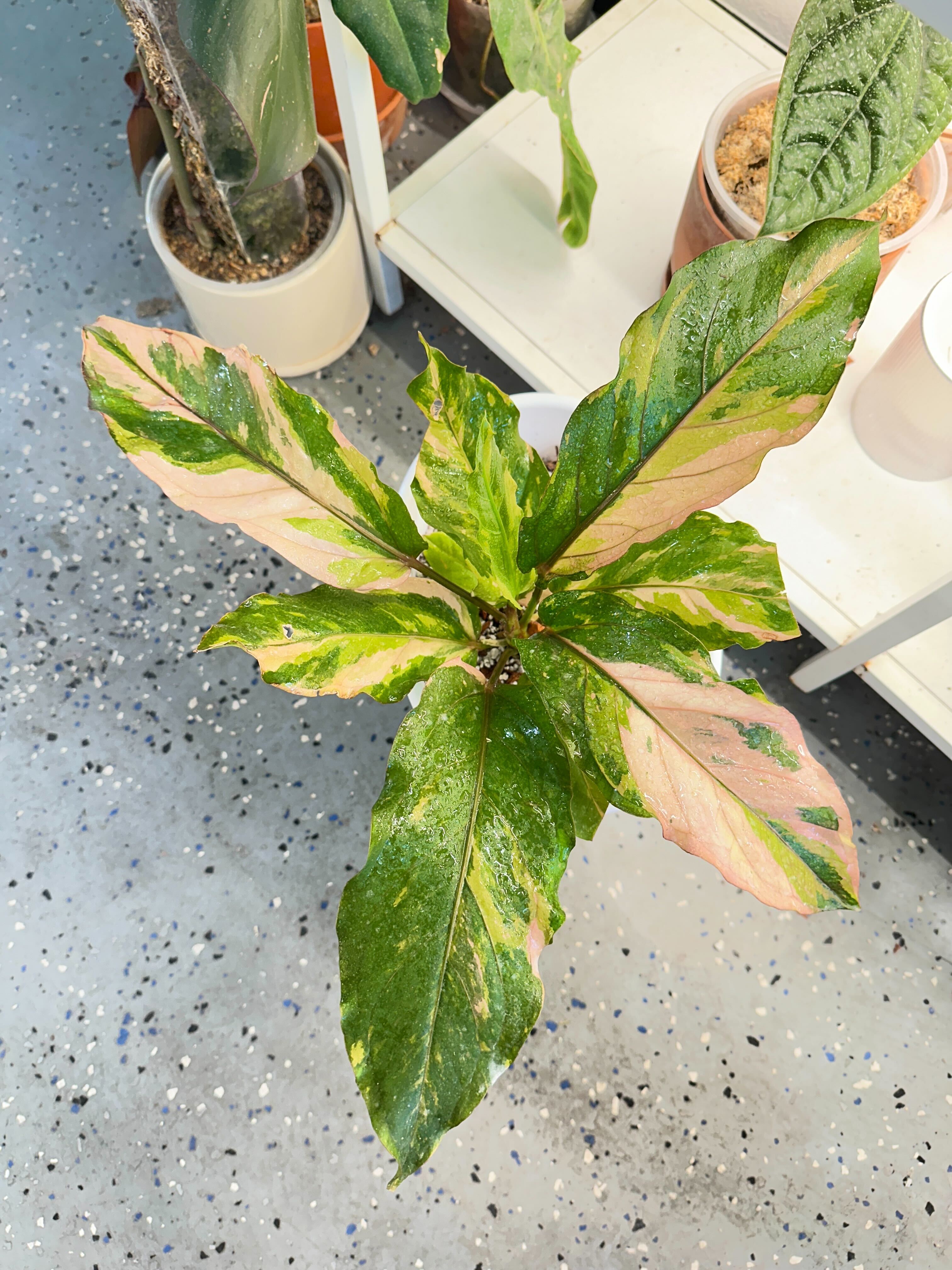
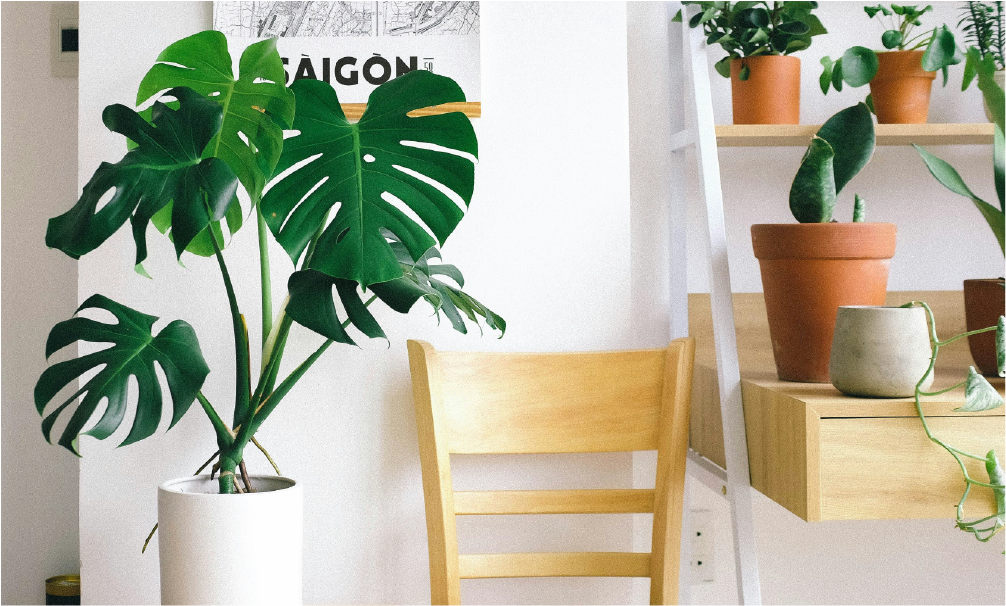



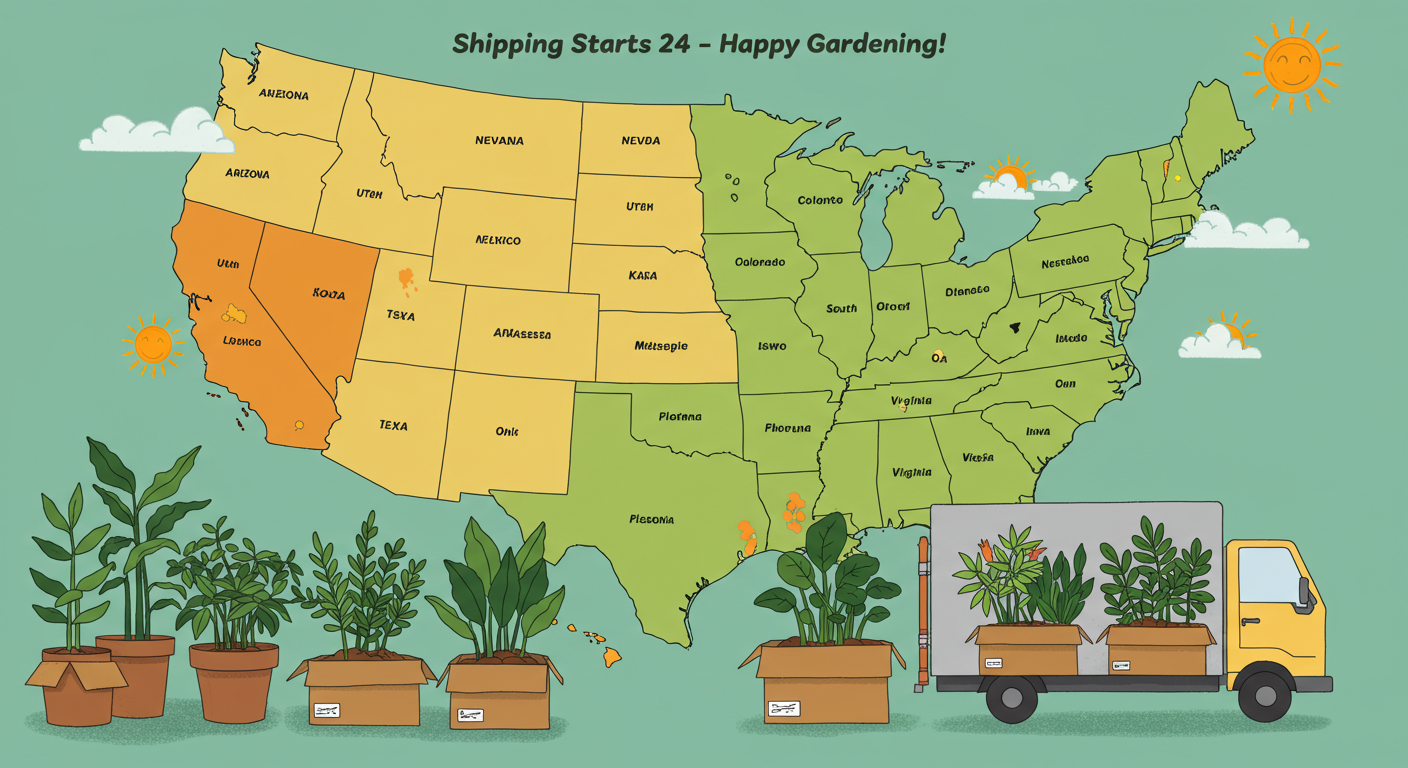
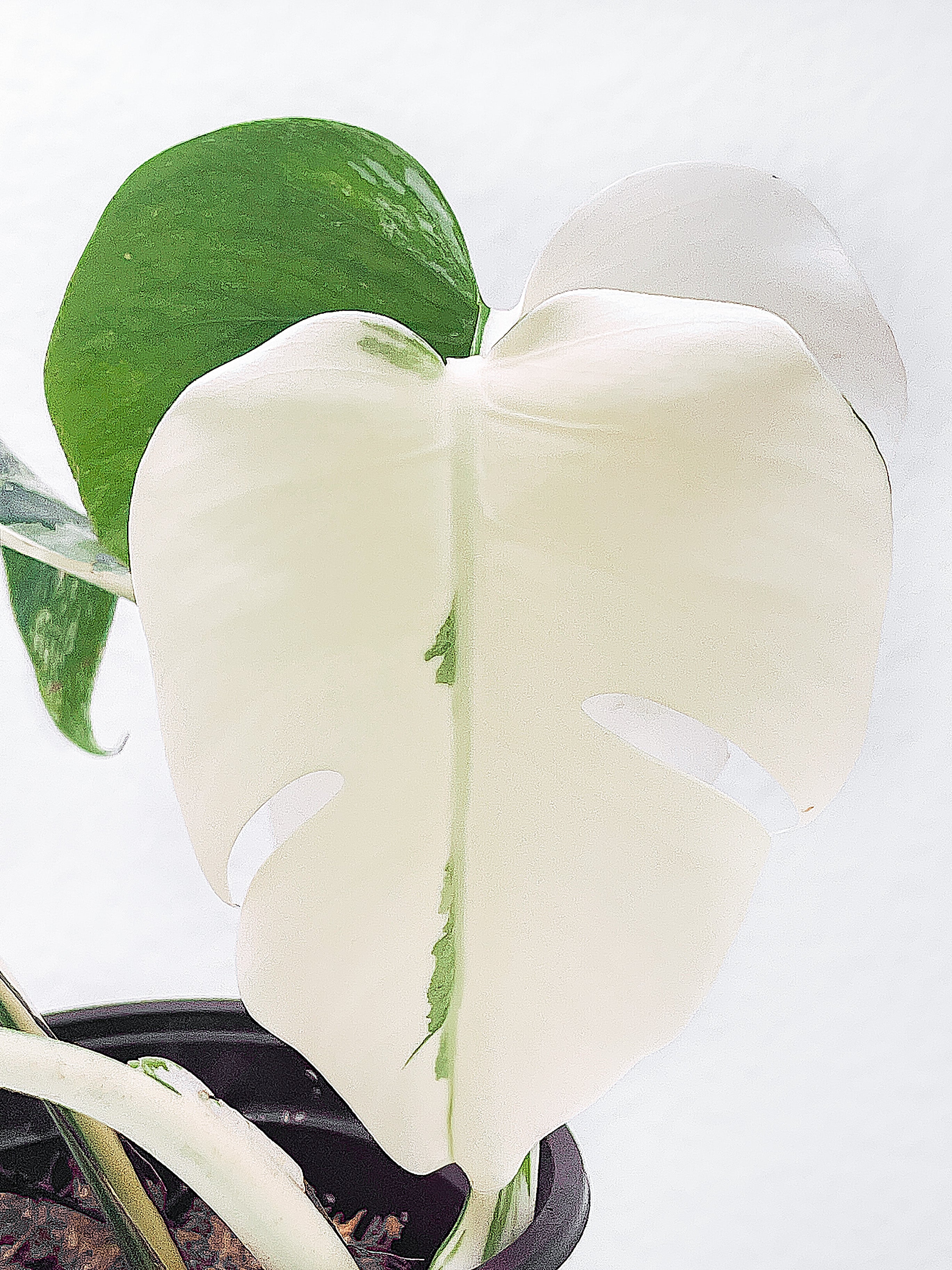
Comments